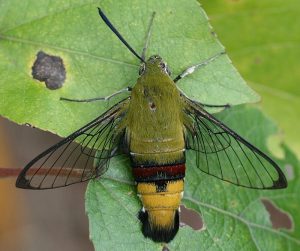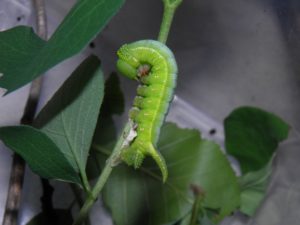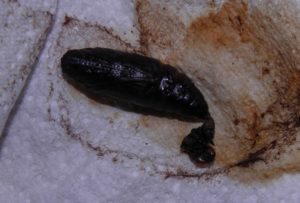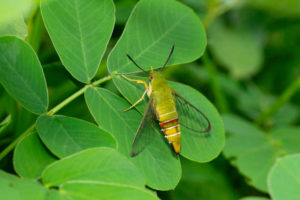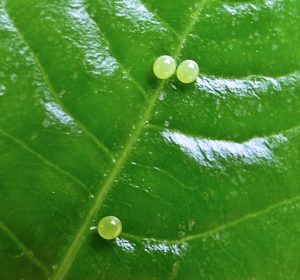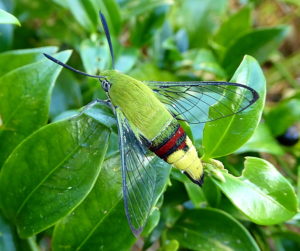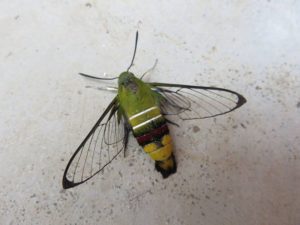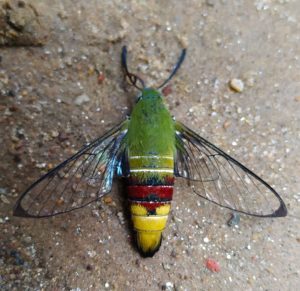Pellucid Hawk Moth (Cephonodes hylas)
The pellucid hawk moth is a widely distributed hawk moth, occupying the continents of Africa, Asia, and Australia. It was first described by famed Swedish zoologist Carl Linnaeus in 1771.
en.wikipedia.org
Scientific Classification
- Family: Sphingidae
- Genus: Cephonodes
- Scientific Name: Cephonodes hylas
Description and Identification
Caterpillar
The larva can have a green or smoky black body. The green caterpillars also have a blue head, and spiracles. A blue line bordered in white is also seen running across the upper parts of their body. The sub dorsal line appear whitish ending in a yellowish streak towards the base of their horn.
Their black counterparts have a pale orange or brown head.
Adult Moth
Sexual Dimorphism: Present but not prominent.
Color and Appearance: When opened and closed, the wings having a black, and narrow marginal border appear transparent.
It also has a green or yellow abdomen marked in black bands.
Average wingspan: 4.5–7.3 cm
Flight pattern: Consistent
Season: Not recorded
Quick Facts
| Other Names | Coffee bee hawkmoth, coffee clearwing moth |
| Distribution | Africa, Australia, India, Japan, Near East, Middle East, Sri Lanka, and Southeast Asia |
| Habitat | Variable, only depending on warm temperatures |
| Lifespan of Adults | 1 month |
| Predators | Parasitoid wasps |
| Host Plants | Rubiaceae plants like Burchellia, Gardenia, Kraussia, Pavetta, and Vangueria |
| Adult Diet | Does not feed |
Did You Know
- This moth has four sub-species – Cephonodes hylas hylas (Sri Lanka, China and Japan), Cephonodes hylas australis (Australia), Cephonodes hylas melanogaster (Indonesia), and Cephonodes hylas virescens( Ethiopian Region, primarily Madagascar and Seychelles).
- They replicate a bumblebee in their stout body and transparent wing pattern, earning the name ‘coffee bee hawkmoth’.
Scientific Classification
- Family: Sphingidae
- Genus: Cephonodes
- Scientific Name: Cephonodes hylas

